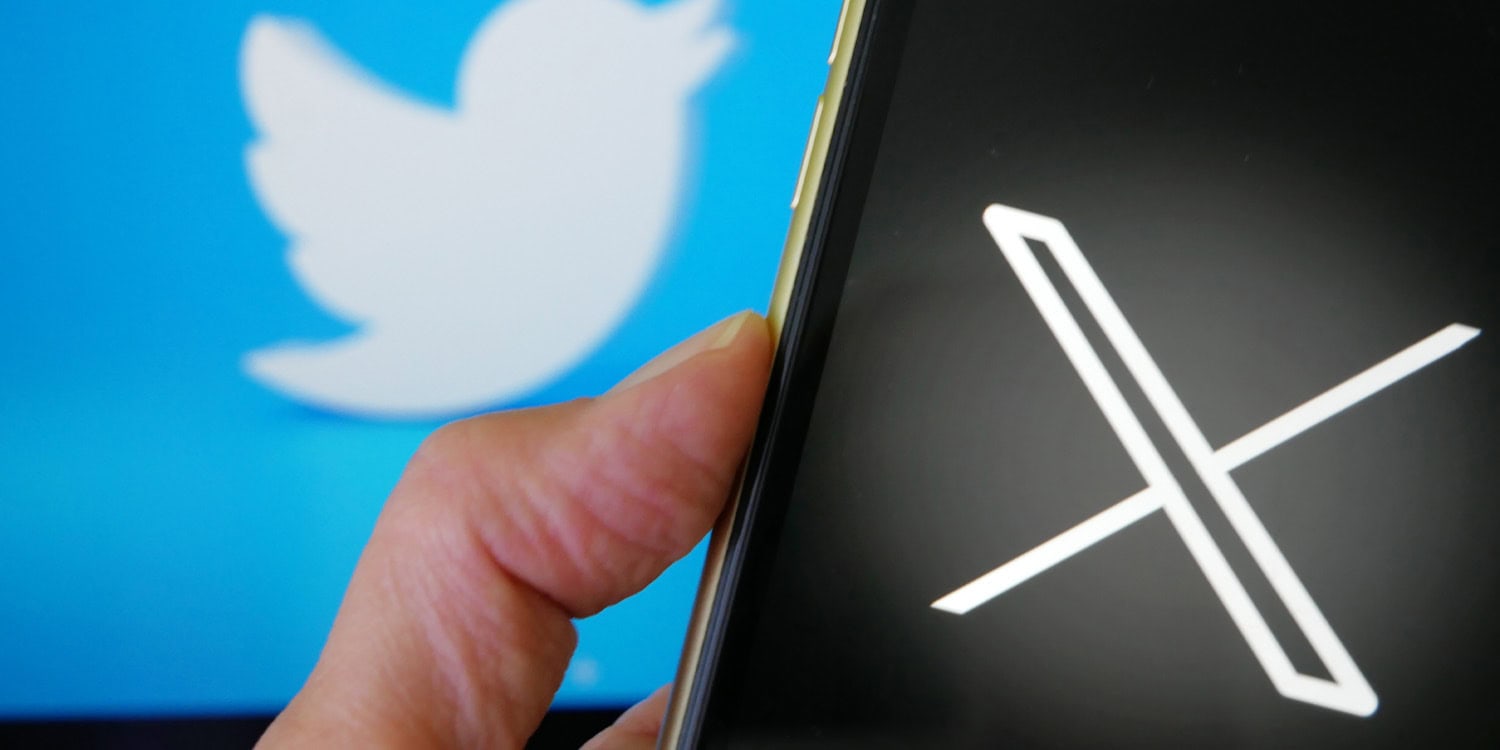A recent study published in the Journal of Quantitative Description: Digital Media examined polls conducted on X (more commonly known as Twitter) during the 2016 and 2020 U.S. presidential campaigns. The findings reveal that polls on this platform—particularly those gauging support for candidates—tend to have a significant bias in favor of Donald Trump. This bias appears to stem from the types of users engaging in the polls and the possible influence of inauthentic votes from bot accounts.
The rise of social media has revolutionized political discourse, turning platforms like Twitter into spaces where users can engage in real-time political conversations, share opinions, and even participate in informal polls. These “social polls” have gained popularity during election cycles, often amassing hundreds of thousands of votes. Despite their widespread use, there has been little scholarly attention paid to understanding the accuracy and reliability of these polls as indicators of public opinion.
Given the significant role social media plays in shaping political narratives, the researchers sought to understand the characteristics of Twitter polls, how biases affect their outcomes, and how these polls compare to more traditional polling methods. Their aim was to assess whether social polls can be used to gauge public opinion during elections and to uncover any patterns of bias that might influence the results.
“I’m fascinated by how we can better understand and predict public opinion. My dream is that one day we will be able to forecast and even prevent conflicts like wars,” explained study author Przemyslaw Grabowicz, an assistant professor at the University College Dublin, an adjunct professor at the University of Massachusetts Amherst, and a principal investigator at Social Polls.
“This idea isn’t new. Isaac Asimov, the famous sci-fi writer, conceived the idea of psychohistory during the turmoil of World War II — a conflict that started with Nazi Germany’s attack on Poland, where I grew up. I’ve spent over 15 years studying sociophysics, computational social science, social computing, and algorithmic fairness. Social media polls on politically-relevant issues lie at the intersection of my research interests, which makes them an ideal topic for my studies.”
To carry out their study, the researchers collected Twitter polls during the months leading up to the elections. Using Twitter’s application programming interface (API), they extracted relevant data, including tweets that contained election-related keywords, such as the names of the candidates and the word “vote.”
This approach resulted in a large set of poll data, which was then refined to include only those polls that directly asked users about their voting preferences in either the 2016 or 2020 U.S. presidential elections. A total of 1,753 Twitter polls were deemed relevant for analysis, providing a snapshot of public opinion as expressed through this social media platform during both election cycles.
In addition to the polls themselves, the researchers also collected data about the users who participated in or engaged with the polls. This included information about the poll authors, retweeters, and users who favorited the polls, as well as the number of followers of these users. By doing this, the researchers were able to analyze the characteristics of the people who were likely interacting with the polls. Using advanced machine learning tools, the researchers inferred the demographic attributes of users, such as age, gender, and political orientation.
One of the main findings was that Twitter polls exhibited a strong bias towards Donald Trump, particularly in comparison to traditional election polls and the actual election outcomes. On average, Trump received significantly more support in Twitter polls than he did in traditional polls, with a 17% gap in 2020. This discrepancy was even more pronounced in the most popular polls, where Trump’s support sometimes reached up to 86%. The researchers attributed this bias to several factors, including the demographic skew of Twitter users and the presence of bots.
Twitter users who participated in these polls were not representative of the broader U.S. voting population. Twitter poll authors were more likely to be young, male, and conservative compared to the general population, which likely contributed to the overrepresentation of Trump supporters.
The researchers also found that poll participants—those who retweeted or favorited the polls—were even more likely to be conservative than the authors themselves. This skew toward right-leaning users helped explain the consistently higher support for Trump in the polls.
“Political polls on platforms like X (formerly Twitter) are increasingly used in political campaigning,” Grabowicz told PsyPost. “For example, on August 20, Elon Musk created and Donald Trump shared a poll showing Trump winning over Harris by a landslide, 73% to 27%, based on 5 million votes. However, such social polls often have a strong bias towards Trump, more so in 2024 than in 2020 or 2016, due to fake votes and respondents who aren’t representative of the US voting population. To be fair, traditional polls in the past decade also showed a bias, albeit slight–typically a few percentage points–towards Democratic candidates.”
Another important source of bias identified by the study was the presence of bot accounts. The researchers found that bot activity was particularly high among retweeters of political polls, with these automated accounts being four times more likely to retweet polls than human users. This suggested that some degree of astroturfing—artificial manipulation of political opinion—was occurring within the Twitter poll environment, further contributing to the skew in favor of Trump.
“In another peer-reviewed study (accepted for publication at ICWSM’25), we found that X (formerly Twitter) correctly identifies fake votes purchased from external vendors but does not remove them from public vote counts,” Grabowicz explained. “We know this because X/Twitter did remove these fake votes from the private vote counts visible only to poll authors.”
“Additionally, we discovered that the fraction of fake votes was significantly larger before the election than after. While prior studies have shown that social media platforms can significantly impact democratic processes, the question remains: can these platforms have a positive impact if they are not impartial and free from manipulation?”
Interestingly, the researchers were able to correct the bias in social media poll by using a statistical techniques called regression with poststratification. This approach involves first using a regression model to account for biases in the data based on demographic and political characteristics of Twitter users, such as age, gender, and political ideology.
Poststratification was applied to adjust the poll outcomes by reweighting the data to match the broader U.S. population’s demographics and political makeup, similar to methods used in traditional polling. This approach reduced the error margin of Twitter poll predictions to as low as 1-2%, showing that, with proper corrections, social media polls can become a more reliable source of public opinion.
“It is remarkable how accurate bias-corrected social polls can be,” Grabowicz said. “Our live website, socialpolls.org, tracks thousands of both social and traditional polls and demonstrates that these biases can be corrected to provide more accurate estimates of public support for presidential candidates.”
Future research could expand on this study in several ways. One potential avenue is to investigate the motivations behind social polling—why do people create and participate in these polls, and how do their perceptions of public opinion influence their voting behavior? Another interesting area for exploration is the impact of social polls on offline political mobilization—can participating in a Twitter poll encourage people to vote in real-world elections? Lastly, researchers could explore how social polling varies across different platforms, such as Facebook or Instagram, and across different political systems, including non-U.S. elections.
“We’re excited to discover the uncharted world of social media polls, but our studies are just the tip of the iceberg,” Grabowicz told PsyPost. “There is still much to learn, particularly about how exposures to biased polls affect perceptions of public opinion and how accurately bias-corrected polls reflect true public support. More research is needed to understand these complexities and to improve the reliability of social media polling as a tool for measuring public support.”
“Our long-term goal is to develop accurate forecasting models for major elections and to better understand the dynamics of public opinion. By improving how we measure and interpret social media polls, we aim to provide more reliable insights into electoral trends and voter behavior, ultimately contributing to more informed democratic processes.”
The study, “Analyzing Support for U.S. Presidential Candidates in Twitter Polls,” was authored by Stephen Scarano, Vijayalakshmi Vasudevan, Mattia Samory, Junghwan Yang, and Przemyslaw A. Grabowicz.




